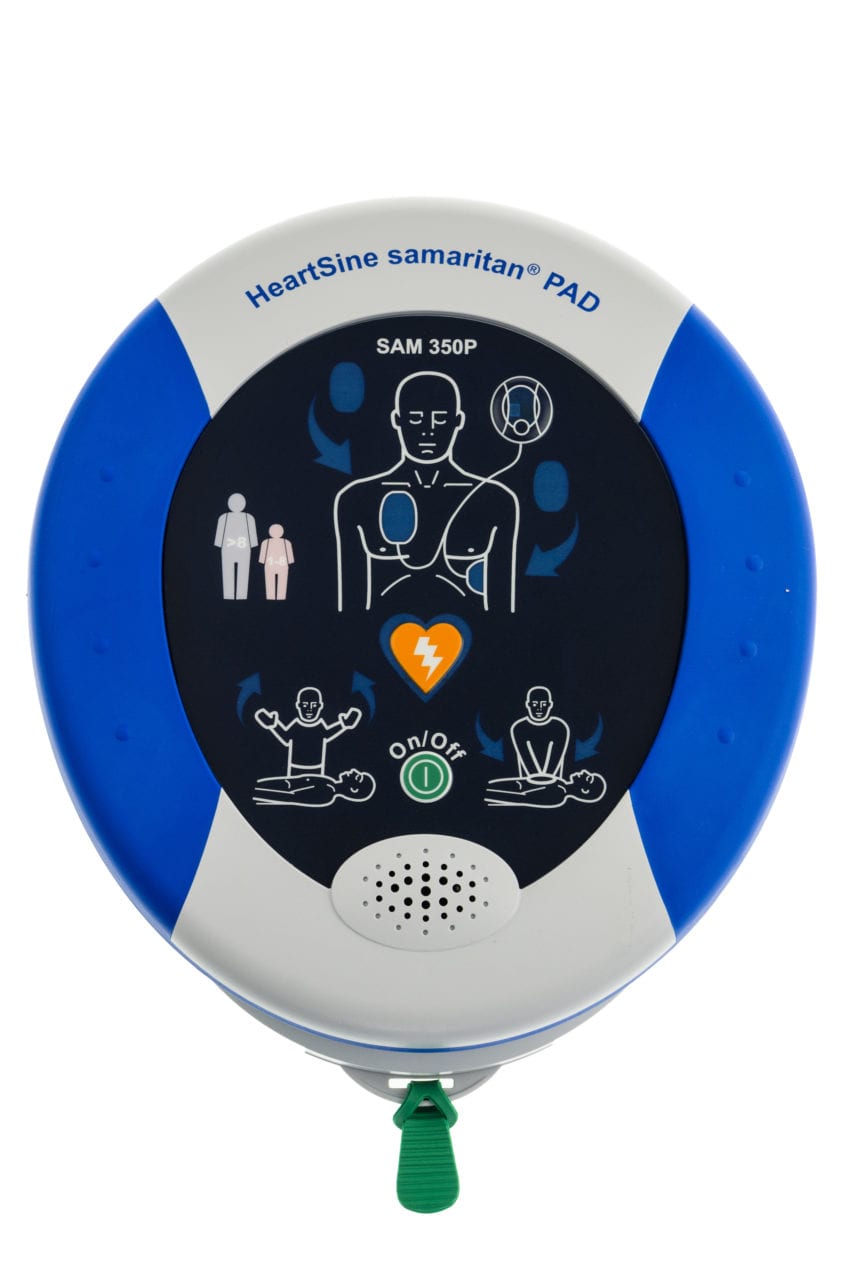FREE SHIPPING on ALL Orders Over $999
5 Questions Answered about AEDs (Automated External Defibrillators)

Bravo for you interest in learning about AEDs, it could lead to a human life being saved! Automated External Defibrillators are small and affordable devices that are so easy-to-use that an ordinary person could certainly use them to save a life.
- Question: Are AEDs safe to use and could you harm someone with one? Answer: The FDA approves these medical devices for public-use because they have a special algorithm that analyzes the victims heart beat and only delivers a defibrillation shock if someone absolutely needs it. In short you can’t shock someone with a normal heart rhythm even if pads were on the chest and the rescuer were to push the shock button.
- Question: Do you need a medical prescription to buy an AED? Answer: Most AED manufacturers include a free prescription with the AED and others are so simple-to-use that a prescription is not required. That said, it’s wise to look up your State AED Laws to see what’s required.
- Question: How much does an AED cost? Answer: Typical prices tend to range between about $1200 – $2800 for an AED but the more expensive ones are typically designed for professional rescuers. Some AED suppliers have configured bundles which include an alarmed cabinet and signage because it’s important that AEDs are made visible and accessible within the workplace.
- Question: Are refurbished or recertified AEDs okay to buy? As a general rule it’s wise to remind oneself that AEDs are designed to protect human lives. The new AED market is much larger than the market for used devices because customers can be certain that the AED has passed quality assurance processes by the AED manufacturer. The savings are likely not worth the risk that a refurbished AED dealer has performed a complete and thorough enough process for quality control.
- Question: Do employees need to be trained to use the AED in a rescue? All major CPR curriculum like American Heart Association and American Red Cross include instruction in not only delivering CPR compressions but also how to use an AED. Organizations are encouraged to incorporate CPR training & certification in their safety plans. That said, there are many examples of lives being saved my lay-rescuers who aren’t CPR certified.
We certainly hope that you found these answers useful and should you have further questions about the differences between the AEDs or perhaps liability issues you can reach out to AED One-Stop Shop at 855-677-AEDS. We utilize a more consultative approach than most and customers particularly love our AED Buyer’s Guide and online 12 question quiz to help pair customers with the ideal life-saving device.


